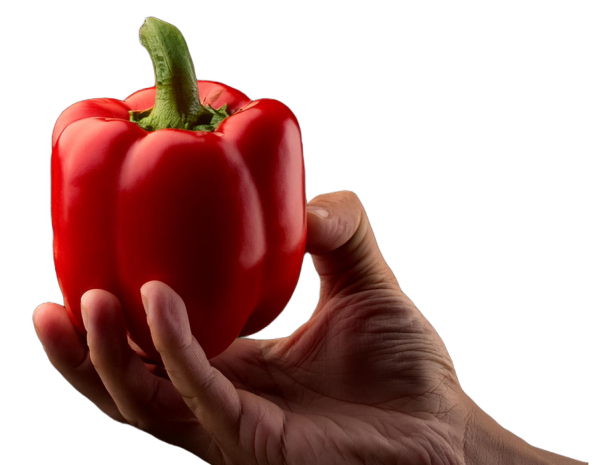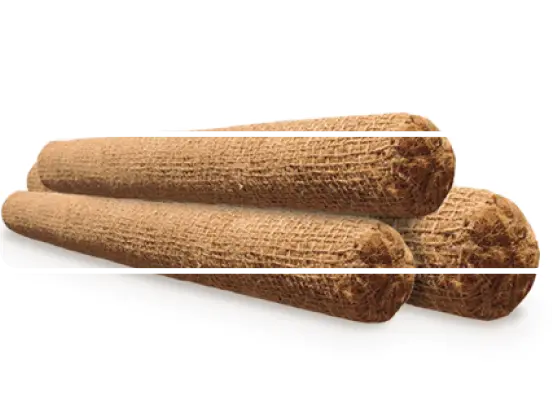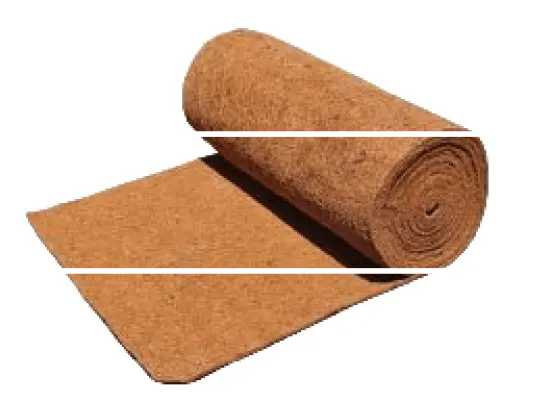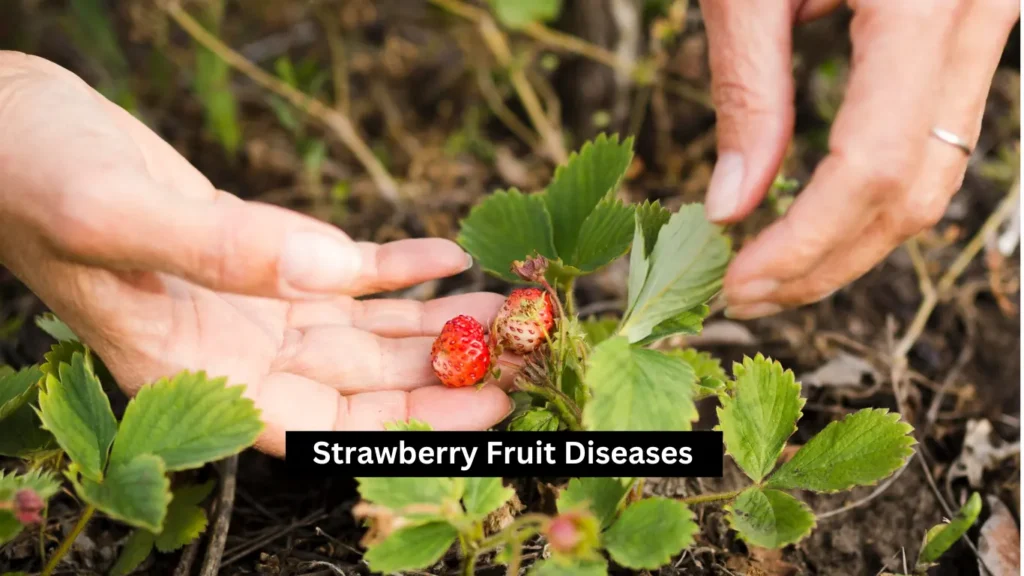
Growing strawberries is like planning a big ol’ summer picnic, folks dream of sunny days, laughter, and juicy bites, but a storm can wreck the whole shebang. Those red, plump berries are the rock stars of any garden patch or market stall, shining brighter than a perfect afternoon. Yet strawberry fruit diseases slink in like a guest who knocks over the punch bowl, turning a harvest into a moldy mess quicker than a spilled soda. Coirmedia hears from all sorts of growers—hobbyists with a couple of pots, farmers with rows for days, about their tussles with strawberry plant diseases. This guide spills the beans on gritty, hands-in-the-mud tricks to keep berries thriving, whether using a Strawberry Grow Bag, Potting Mix, or Weed Mat. Let’s wrangle strawberry fruit diseases, from gray mold on strawberries to anthracnose in strawberries, and get patches bursting with fruit worth crowing about.
Strawberries are the life of the party, think overflowing bowls at a cookout or jars of jam that make taste buds do a jig. But strawberry fruit diseases love to crash the fun, thriving in wet, muggy, or downright sloppy conditions. Fungi, bacteria, and weather tantrums gang up, leaving leaves spotted or berries gone bad like a picnic left in the rain. Nobody’s got time for moldy fruit! A gardener once watched their patch go from grand to gross after a rainy spell, their dreams of pie flopping hard. Don’t pitch the trowel yet. Getting the lowdown on strawberry diseases and treatment is like grabbing an umbrella when the sky gets grumpy—saves the day.
This guide dives headfirst into the worst strawberry fruit diseases, like botrytis in strawberries and black spot on strawberry leaves, with fixes that work for growers everywhere. Expect real gardener yarns, wacky hacks, and Coirmedia’s know-how to harvest berries that’ll make folks jealous over a morning coffee.
Gray mold on strawberries is a real buzzkill, especially when it’s damp and chilly. It starts with soft, brown splotches on berries, then explodes into fuzzy, gray gunk with a funky whiff of soggy straw that’d make anyone gag. A grower was raring to whip up a family jam recipe, but botrytis in strawberries turned their crop into a compost heap nightmare. This fungus loves wet conditions—think endless rain or dew that sticks around like an unwanted guest.
A grower outsmarted gray mold on strawberries by using Weed Mats and eyeballing plants every morning, saving their berries for a jam-making victory lap.
Anthracnose in strawberries is a fungal bully that loves warm, wet weather, hitting hardest when it’s sticky and rainy. Look for dark, sunken lesions on fruit, sometimes oozing pinkish-orange gunk, or crowns drooping like they’ve lost all hope. A farmer saw their patch look like it got pummeled in a bar fight after anthracnose hit during a humid spell.
A market grower saved their crop from anthracnose in strawberries by using Potting Mix and spacing plants out, keeping their stall loaded with berries.
Black spot on strawberry leaves, caused by Diplocarpon earlianum, shows up as tiny dark spots with yellow halos, like warning lights on plants. It can hit fruit, making them small and tough as leather, and loves cool, wet conditions. A gardener saw their plants look like they’d been splattered with ink by mid-season, tanking their dessert plans.
A garden club beat black spot on strawberry leaves with Weed Mats and weekly pruning, harvesting berries for a community pie party.
Brown spot on strawberry leaves, caused by Mycosphaerella fragariae, looks like black spot but gets grayish-white centers as spots age. It saps plant energy, leading to puny berries, and thrives in cool, wet conditions. A grower noticed their plants looked tuckered out by summer, like they’d been up all night.
A backyard gardener used Potting Mix and morning watering, turning a spotty patch into a berry bonanza for a family cookout.
Beyond fruit and leaves, strawberry plant diseases like verticillium wilt, angular leaf spot, and root rots can trash a crop. Verticillium wilt, a soil fungus, causes yellowing and wilting, hitting heavy soils like a ton of bricks. Angular leaf spot, a bacterial disease, leaves water-soaked, dark spots in humid conditions. Phytophthora root rot loves soggy soils, a real pain in wet seasons.
A market farmer dodged verticillium wilt with Strawberry Grow Bags and crop rotation, keeping their stall packed with ripe berries.
Weather hiccups can make strawberry fruit diseases worse. Late frosts, heatwaves, or nonstop rain stress plants, opening the door to infections. Poor soil or soggy roots leave berries defenseless, like sending them to a fight with no gloves.
A hobbyist sidestepped root rot during a rainy season with Strawberry Grow Bags, harvesting berries for a book club’s dessert night.
Preventing strawberry fruit diseases is like packing snacks for a road trip—saves a heap of trouble later. Start with disease resistant strawberry plants and check patches weekly, like hunting for treasures at a yard sale. A grower caught botrytis in strawberries early by eyeballing plants every Sunday, saving their crop.
Want to stay ahead of strawberry plant diseases? Here’s some old-timey wisdom:
Ready to grow strawberries without the drama? Here’s the step-by-step:
A balcony gardener followed this plan and had berries for smoothies all summer, even sharing some with neighbors’ kids (who mostly fed them to their pup).
Growers make it happen. A market farmer used Strawberry Grow Bags to dodge root rot, selling berries for enough cash to snag new gardening boots. A community garden tackled brown spot on strawberry leaves with Potting Mix and early watering, hosting a strawberry shortcake night that had everyone grinning. Another grower used Weed Mats to keep their patch spick-and-span, harvesting enough for a family jam recipe that won a local fair. A farmer, after early berry flops, switched to Potting Mix and never looked back.
Want to go the extra mile? Try these offbeat tricks:
New to strawberries? Steer clear of these goofs:
Strawberry fruit diseases don’t have to ruin the harvest. From botrytis in strawberries to black spot on strawberry leaves, every problem’s got a fix. With Coirmedia’s Strawberry Grow Bag, Potting Mix, and Weed Mat, plus tricks like choosing disease resistant strawberry plants, growers can churn out berries that shine at any market stall or backyard cookout. Whether a rookie with a small patch or a seasoned farmer with rows of plants, these tips help wrangle strawberry plant diseases and deliver a sweet, juicy haul.
Ready to grow like a champ? Check out Coirmedia’s products and kick off a berry adventure. The next batch might just steal the show at the next picnic, with enough for smoothies, jams, and maybe a pie or two

Mathew is a product designer and engineer at Coirmedia, where he combines his passion for sustainability with his design and engineering expertise. He develops innovative coir products that are not only functional but also eco-friendly. Driven by a desire to share his knowledge, Neil is passionate about writing and teaching, aiming to educate others about his ideas, innovations, and the technology behind them.
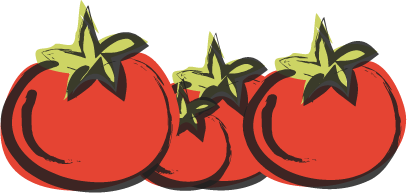
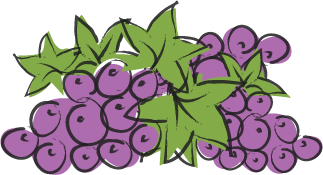
CoirMedia (UK) Pvt. Ltd
85 Great Portland Street,
First Floor, London,
United Kingdom

